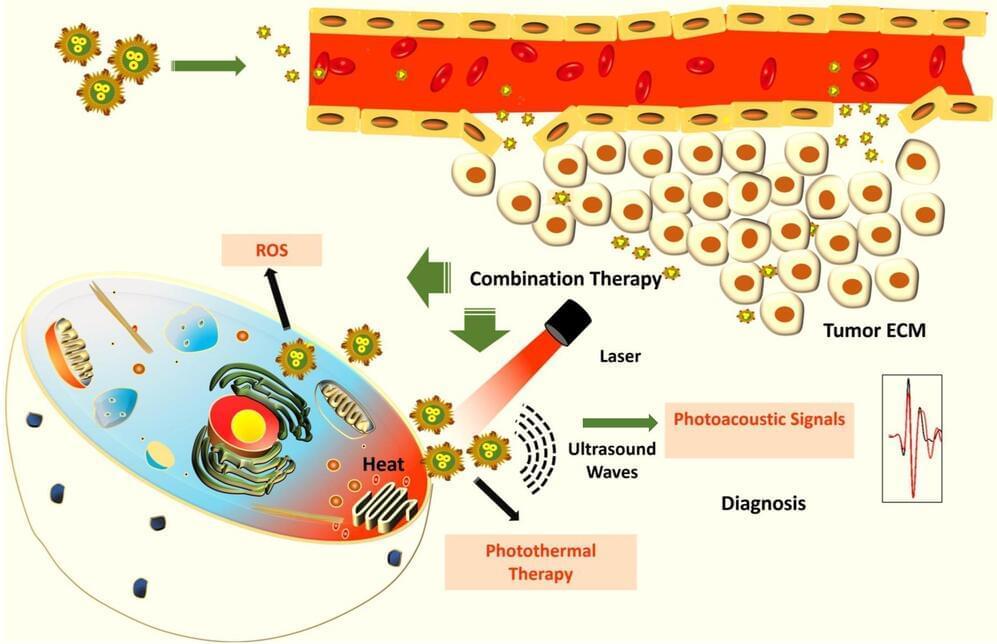Defying conventional wisdom, scientists have discovered a novel coupling mechanism involving leaky mode, previously considered unsuitable for high-density integration in photonic circuits.
This surprising discovery paves the way for dense photonic integration, transforming the potential and scalability of photonic chips in areas such as optical computing quantum communication, light detection and ranging (LiDAR), optical metrology, and biochemical sensing.
In a recent Light Science & Application publication, Sangsik Kim, associate professor of electrical engineering at Korea Advanced Institute of Science and Technology (KAIST), and his students at Texas Tech University demonstrated that an anisotropic leaky wave can achieve zero crosstalk between closely spaced identical waveguides using subwavelength grating (SWG) metamaterials.









